Tail lights vs brake lights: Principles and differences
Located at the rear end of your vehicle, tail lights and brake lights provide timely signal indications to drivers behind you and ensure your back end is safe. But the frustrating part is that most people often confuse these tail lights with brake lights, and are at a loss when it comes to replacing or upgrading them!
In this article, we'll discuss the importance of brake lights and tail lights, explain the biggest differences between them in terms of principles, and provide comprehensive inspection methods when you have a problem with your tail lights or brake lights. Of course, if you're looking for the best tail light and brake light upgrades, don't miss our product recommendations at the end!

Why are tail lights and brake lights important?
The term “taillights” are the twin light clusters at the rear of the vehicle, which contain tail lights, brake lights, rear turn signals, rear marker lights, and other rear lights, and are essential safety components for driving the vehicle. Most people have misconceptions about brake lights and tail lights and do not understand their importance.
Without tail lights and brake lights, there could not allow your vehicle to be seen during low-visibility conditions and alert others that you're slowing down, potentially getting pulled over and finding yourself with a ticket, and worse, in a rear-end crash.
| See also Reverse/Brake LED Upgrades for Improving Tail Lighting

How to distinguish between tail light VS brake light?
Most people confuse 'tail lights' and 'brake lights' and often use the terms interchangeably. (Until I finished this article, I also used to refer to tail lights as brake lights or brake lights as taillights.)
So are taillights and brake lights the same lights? No.
In fact, tail lights and brake lights perform different functions in the vehicle and are mostly independent of each other. Although tail lights and brake lights look similar and are both located on the rear side of the vehicle, there are differences in function, brightness, and even color.
Next, I'm going to differentiate between tail lights and brake lights with a quick comparison, you can also scroll down for more detailed information on the difference so you won't be bothered when using or replacing them.
| Tail Light | Brake Light | |
|---|---|---|
| Activate | Turn on the headlights | Applies the brakes |
| Location | Outer of the rear of the vehicle | Inner of the rear of the vehicle |
| Filament | Thinner | Thicker |
| Illumination | Less bright | Brighter |
| Functionality | Indicate the location of the vehicle | Indicate vehicle braking |
What Are Tail Lights?
When the headlights are on, the tail lights located at the rear of the vehicle will also light on at the same time, designed to provide visibility to the rear of the vehicle, helping other drivers to see your car in low-light conditions or inclement weather.
The tail light can be red, white or amber color with thinner filament, and their brightness is lesser than the brake light. Because tail lights are designed be to switched on in hazy, foggy, and dark conditions and help other vehicles clearly identify the location and action of the vehicle.
For the location of the taillights, they are usually located at the outer edge of the rear of the vehicle to better show the rear edge of the vehicle to allow others to appropriately gauge the size and shape of the car.

What Are Brake Lights?
Brake lights are activated only when the driver applies the brakes and they go off immediately when the brake pedal is released which is designed to signal to other drivers that you are stopping or slowing down and give them enough time to prepare and respond.
Brake lights with thicker filament, are generally brighter red than taillights, making them visible not only in the dark or in the rain, but also on sunny days, and quickly catch the attention of other drivers and pedestrians. With brake lights, drivers behind you can react in time and will be able to keep more distance between your car and theirs and avoid traffic accidents.

There are many vehicles that have a center high brake light at the rear, also known as the third brake light. Located much higher and in between the left and right rear brake lights, these center lights are meant to help drivers distinguish a braking vehicle when the bottom left and right lights are obscured, better safeguarding your road driving safety.

Are Tail Lights and Brake Lights the Same Bulbs?
It depends on the vehicle model. In the past, tail lights and brake lights were separate light bulbs, but with the invention of the double filament bulb, car manufacturers are gradually combining tail lights and brake lights into a single unit in many modern vehicles. Although it is technically the same bulb, the circuit for the activation of each filament is independent. For example, when a tail light filament burns out, the brake light filament still works.
For owners who don't know about tail lights and brake lights, this can make it more difficult to troubleshoot or replace the lights if they fail, but it can also simplify the overall design of the vehicle's lighting system.
When it comes to the differences between this single filament bulb and the dual filament bulb, they are quite subtle but do in fact make each bulb suited for different uses.
Specifically, the dual filament bulb provides a brighter light output or two colors of light output, with models 3157 and 7443. Furthermore, the single filament bulb has fewer color options and only one level of brightness compared to the dual filament bulb, with models 3156 and 7440.
Next, I will use a table to show the differences between single filament and dual filament bulbs.
|
Type |
Single filament bulb |
Dual filament bulb |
|
brightness level |
Only one level of brightness |
Two levels of brightness |
|
Wire |
2 wires allow only one level of brightness |
4 wires for two different levels of brightness |
|
Colour |
Only one colour options |
Two color options |
|
Use |
Rear turn signals, reverse lights, tail lights, brake lights |
Front turn signal/parking light, tail light/brake light |
|
Bulb Size |
7440, 3156 |

How to Check and Determine Tail Light and Brake Light Problems?
After reading the above, you probably realize that your vehicle's taillights and brake lights are essential safety components, which is not only for you but for other drivers as well. Because these lights allow your vehicle to be seen during low-visibility conditions and alert other drivers that you’re slowing down.
It is extremely important to detect a tail light or brake light failure in time to keep us safe on the road. In the following section, we will provide you with ways to determine if your taillights and brake lights are failing, as well as the specific malfunctions so that you can quickly and accurately solve your taillight failure problem according to the specific location of the malfunction.
Checking if Tail Lights & Brake Lights are Working
To test your brake lights and tail lights, get in your vehicle and turn on the ignition switch. You do not have to actually crank your engine. First, test tail lights by turning on your headlights. If working properly, they will come on simultaneously and glow red. Note that in some vehicles – many Lincoln Town Cars, for instance – there are twin sidelight/brake bulbs on each side, so be sure to check that all four are working.
Next, tap your brakes and have your partner verify that the brake light bulb is shining significantly brighter than your normal tail lights.
If the brake lights or tail lights are not working or malfunctioning, you will need to replace the bulbs or even the entire taillight assembly to ensure safe driving.
Determining the Specific Failure of Tail and Brake Lights
In the face of taillight failures, we need to analyze the possible problems step by step firstly so that we are not overwhelmed when dealing with them. The following are some of the common reasons why this happens:
Burnt out Bulb
Burned bulbs are one of the most common reasons tail lights and brake lights fail.
If only the filament in the tail light bulb burns out, it will not affect the normal use of the brake light, rear turn signal, and reverse light bulbs. If you notice your tail lights aren’t working but the brake lights are (and vice versa), it may be time for a bulb replacement.

Circuit Problem
Burned wiring and corroded bulb sockets can cause the tail light to fail. If you are a tuning car enthusiast, you may connect many other light bars to the tail light wiring circuit, and the wiring may overheat and burn out due to excessive load. Therefore we suggest that you can purchase a relay to carry the extra load before the conversion.
Blown-out Fuse
If the fuse blows, it prevents the circuit from completing, in this case preventing the tail lights from lighting. Sometimes when the tail light lens breaks, it can cause moisture to enter the lens and cause a short circuit, which can blow a fuse. Replacing highly durable and highly insulated fuses can effectively prevent such problems.
Defective Brake Light Switch
If you push down on the brake pedal and the brake light does not come on, The switch may not be connected correctly or the brake pad may be worn and not open the circuit.
If the brake light stays on after you stop pressing the brake pedal, it may be because the brake switch contact is stuck, causing the switch to continue powering the brake light.
If this happens, we recommend that you go to an auto repair store to get a better solution.
Suggestions And Product Recommendations
Hopefully, this article will help you distinguish between tail lights and
brake lights and how to test them and check if they are working properly. In order to keep your vehicle in good working order, you need to regularly check that the lights on your vehicle are working properly and are repaired and replaced in a timely manner.
If you are looking to replace damaged brake light bulbs or taillight bulbs, or further upgrade your vehicle's taillight lights, here are our best led bulbs for you.
102H Series LED Tail Brake Bulb

- Each bulb is equipped with 102 pieces of high-power 4014 led chips
- With an HD projector that ensures optimal visibility and stronger light penetration
- Built-in intelligent IC drivers
- Faster heat dissipation
SPEC
3157/3156
54H Series LED Tail Brake Bulb
- 360° high luminous efficiency
- Only 1/4 energy consumption of the original bulb but 2 times brighter
- Instant-on capability with zero warm-up time
- Electroplating process housing
- Built-in Intelligent IC driver
SPEC
3157/3156
14K Series LED Tail Brake Bulb

- 16pcs high power 3030 LED chips
- Wide-range voltage and intelligent constant current IC driver
- Heat-resistant Aluminum circuit board
- No polarity design, and compatible for both standard and CK socket.
SPEC
3157/3156
Conclusion
Hopefully, this article has solved the problem of how to tell the difference between a brake light and a taillight and made you realize the importance of these two lights in your vehicle's lighting system. In the face of tail light or brake failure, please calmly and step by step to determine the failure of the light and the specific location of the malfunction, timely replacement or upgrade of the failure of the tail light is to protect the safety of you and others.
Q&A
Question: My brake lights don't work, but my tail lights do. What should I do?
Answer: Check the follow one by one.- the brake bulbs
- the fuses
- the brake light switch (should be at the brake pedal)
The most common cause is a burned bulb, followed by a fuse.
If these three checks don't return a solution, it might get tricky and require a second person plus testing devices.
For example, check if the brake pedal switch produces current when the pedal is pushed. Does that current reach the fuse and the actual tail light assembly?
Or you can just go to your local auto repair store and have it checked by a professional.
Question: The brake lights don't work when the tail lights are on. When I press the brakes while the tail lights are on, just one tail light lights up brighter. What's happening?
Answer: In this instance, the tail light and brake light are the same bulb with double filaments, one for the tail light and the other for the brake light, so one burns out while the other keeps working.The filament connected to the brake light circuit is burned out, but the filament connected to the tail light circuit remains intact. The solution is that need to replace the entire bulb.
Question: I've been having flickering issues after replacing the LED tail lights, are the lights failing? Do I need to replace the LED bulbs?
Answer: No, the bulb is not failing. This is due to the fact that LED bulbs have different power requirements and configurations causing compatibility issues with the car's electrical system. Normally, installing a resistor decoder will solve the problem.| See also LED Brake Light Bulb and Brake Light Flashing: Why Is My Brake Light Flashing?











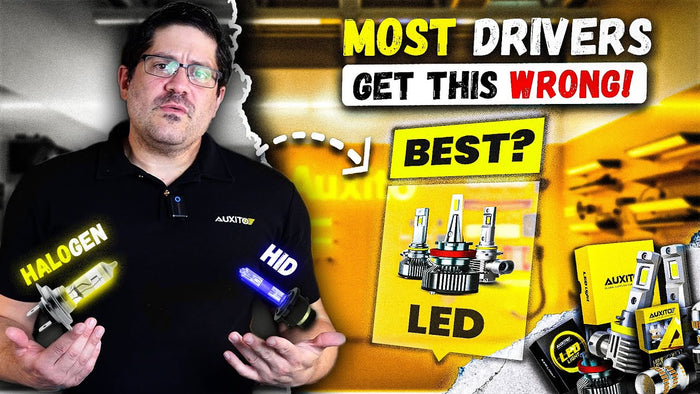
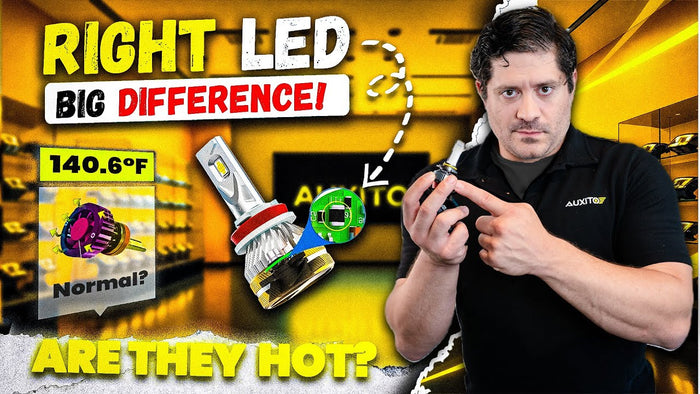
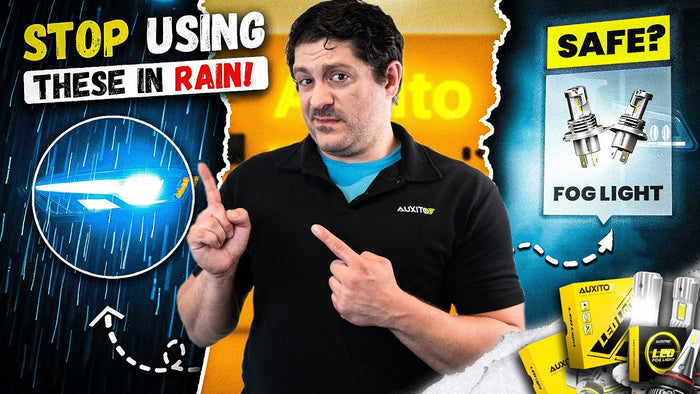
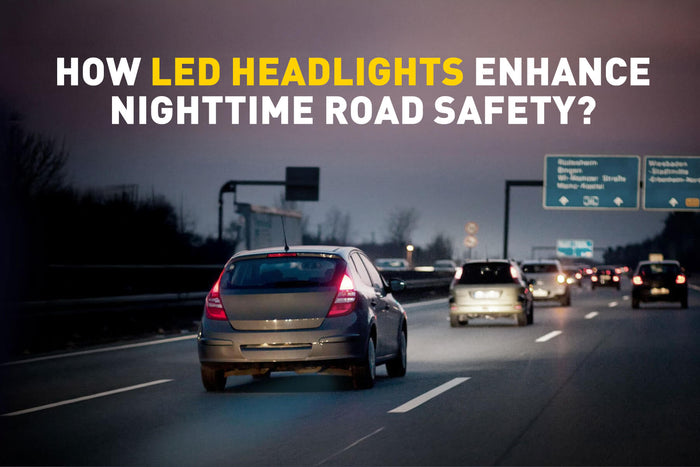
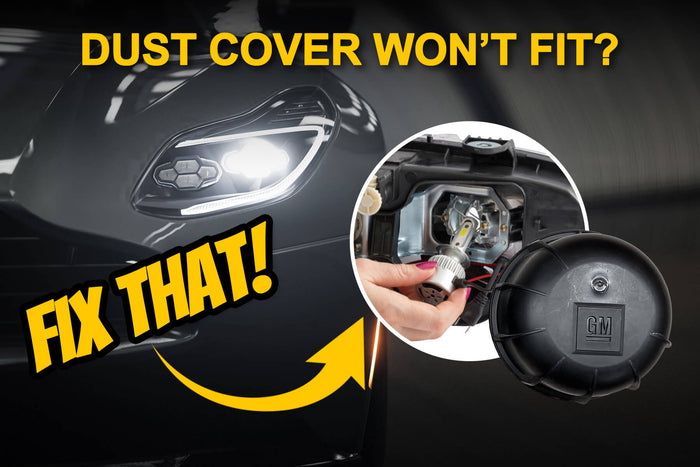



Leave a comment